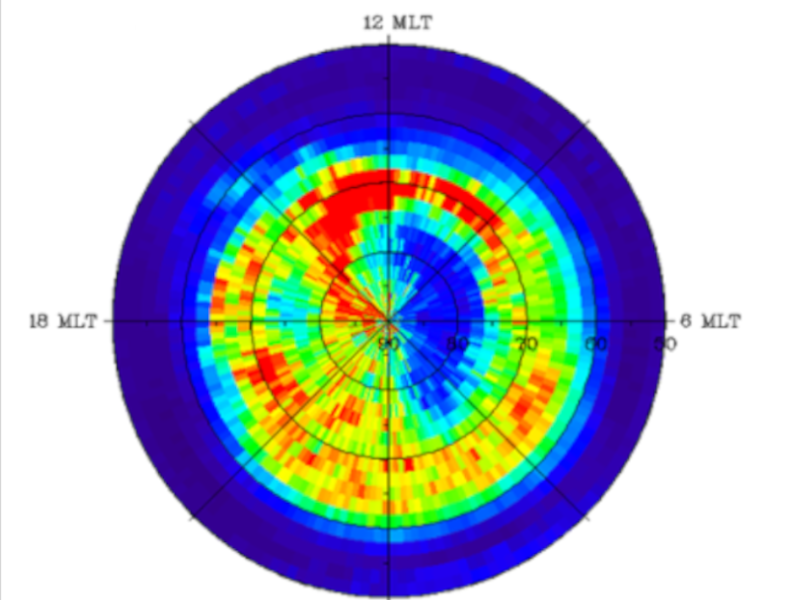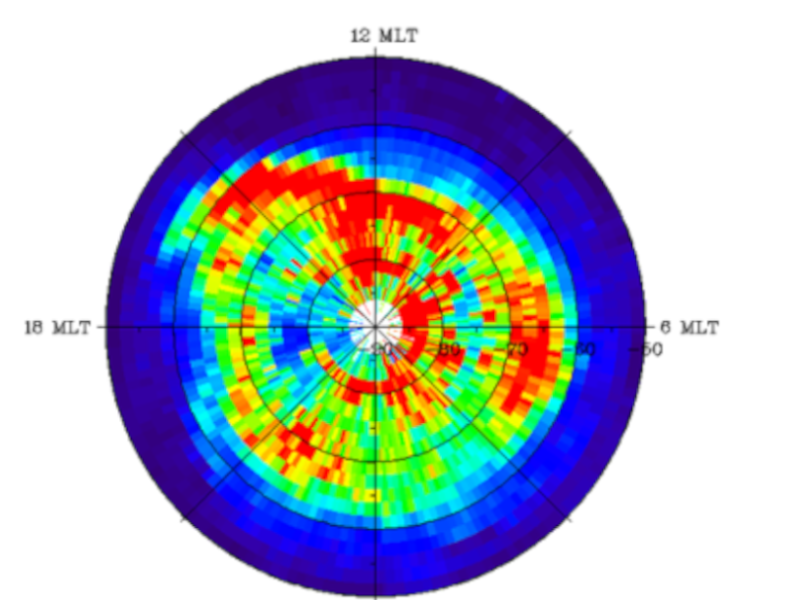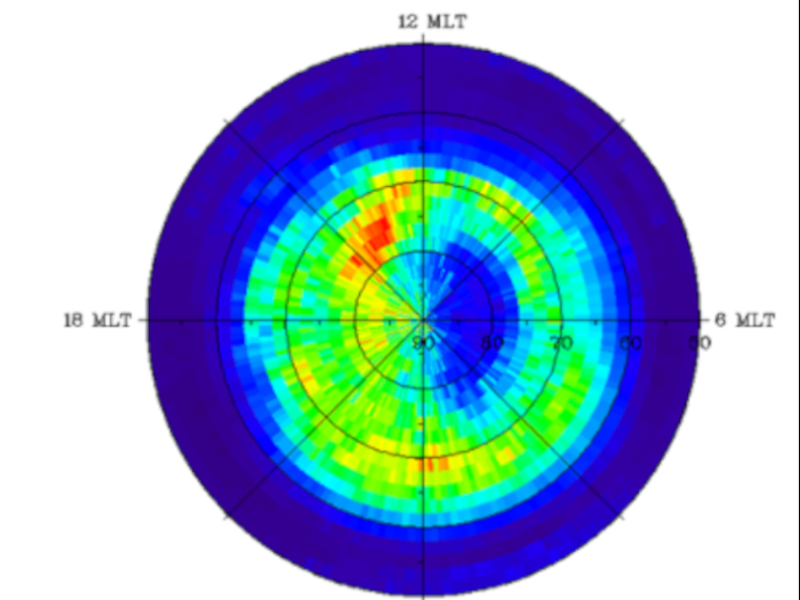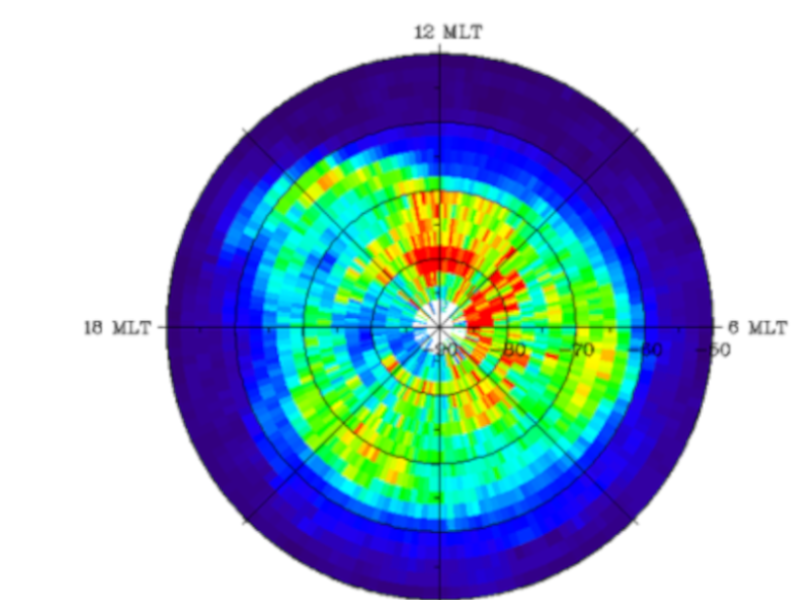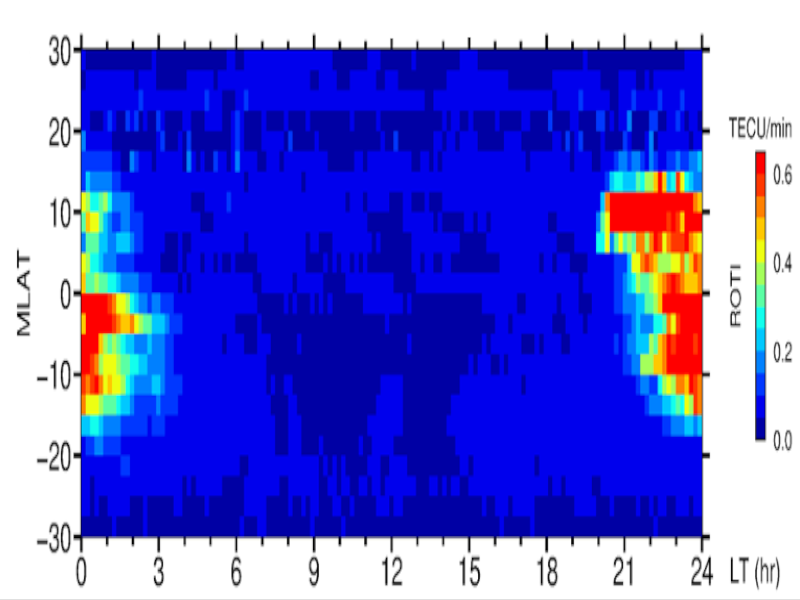A key scientific element at the international level, highlighting the uniqueness of research conducted by the staff of the Lamkówko Satellite Observatory—also based on GNSS data recorded at the site—is the study of ionospheric dynamics and its impact on the accuracy of GNSS-based position determination. These studies began in 1995 and are currently carried out in close collaboration with the Polytechnic University of Catalonia, the Chinese Academy of Sciences, the University of Bath, and Wuhan University.
An important outcome of this collaboration has been the development of original, proprietary algorithms for determining absolute values of Total Electron Content (TEC) and instrumental delays, as well as for distinguishing temporal from spatial TEC variations. In recent years, particular attention has been given to the development of algorithms that enable ionospheric studies using various techniques: GNSS, the FORMOSAT/COSMIC system, in-situ measurements from satellites such as DEMETER and SWARM, ground-based ionosonde networks, and the LOFAR radio telescope.
- Development of a methodology for studying TEC variations during strong geomagnetic storms with high temporal (5-minute) and spatial (150–250 km) resolution,
- Development of a methodology for analyzing ionospheric structure at mid- and high latitudes during periods of intense geomagnetic activity, with high temporal and spatial resolution,
- Development of a methodology for studying medium- and large-scale ionospheric irregularities at high geomagnetic latitudes, depending on TEC fluctuation intensity (low, moderate, and high) as well as time of day or season, particularly during solar maximum periods,
- Development of a methodology for analyzing satellite signal scintillation based on permanent GNSS observations,
- Development of an empirical model of the ionospheric trough over mid-geomagnetic latitudes in Europe, covering the entire solar cycle and based on observations from multiple satellite techniques (GNSS, FORMOSAT/COSMIC, DEMETER, SWARM, LOFAR),
- Selection of an optimal method—based on stochastic process theory—for short-term TEC forecasting during ionospheric disturbances,
- Application of GNSS, FORMOSAT/COSMIC, DEMETER, SWARM, and LOFAR measurements for three-dimensional ionospheric tomography in both quiet and disturbed conditions.




